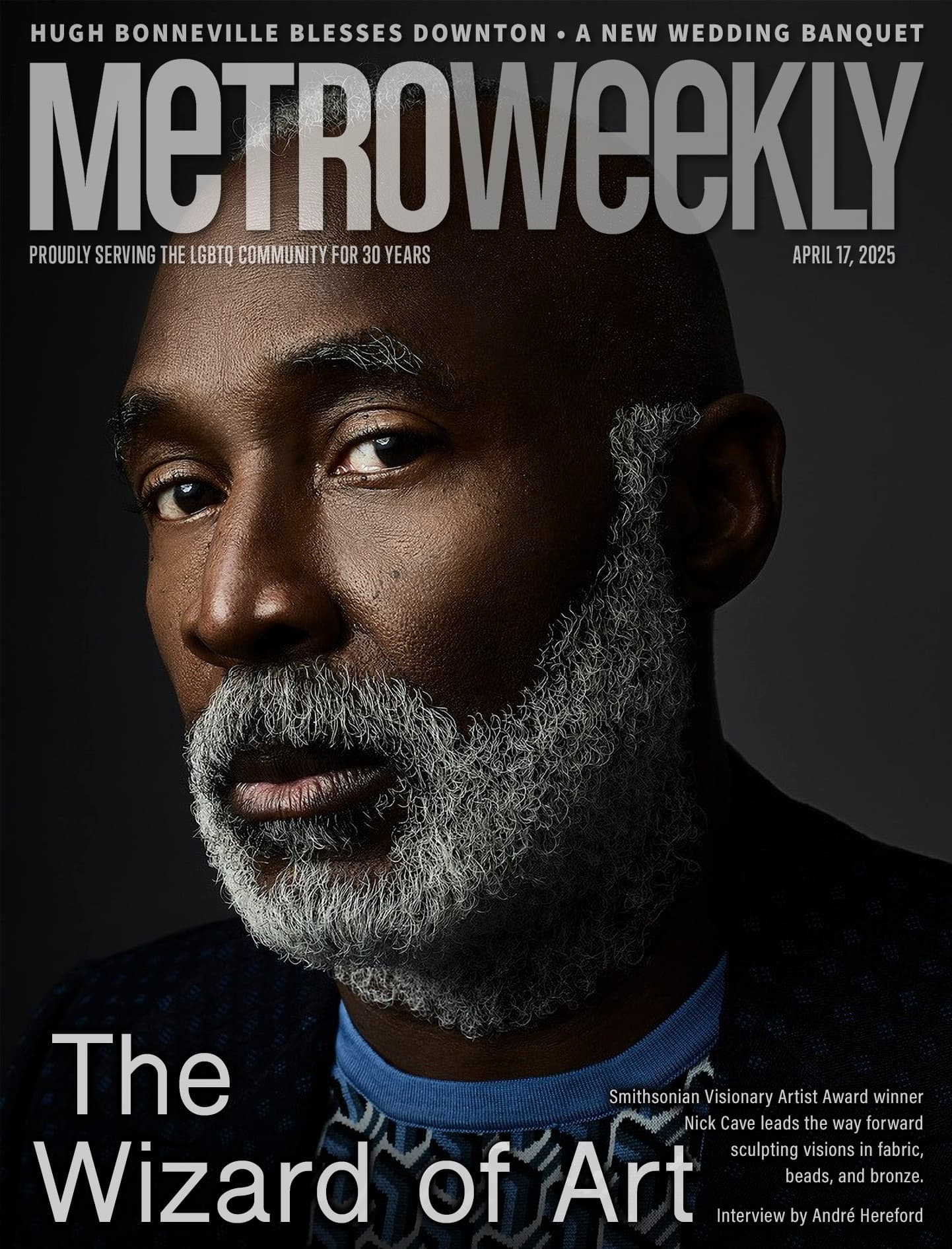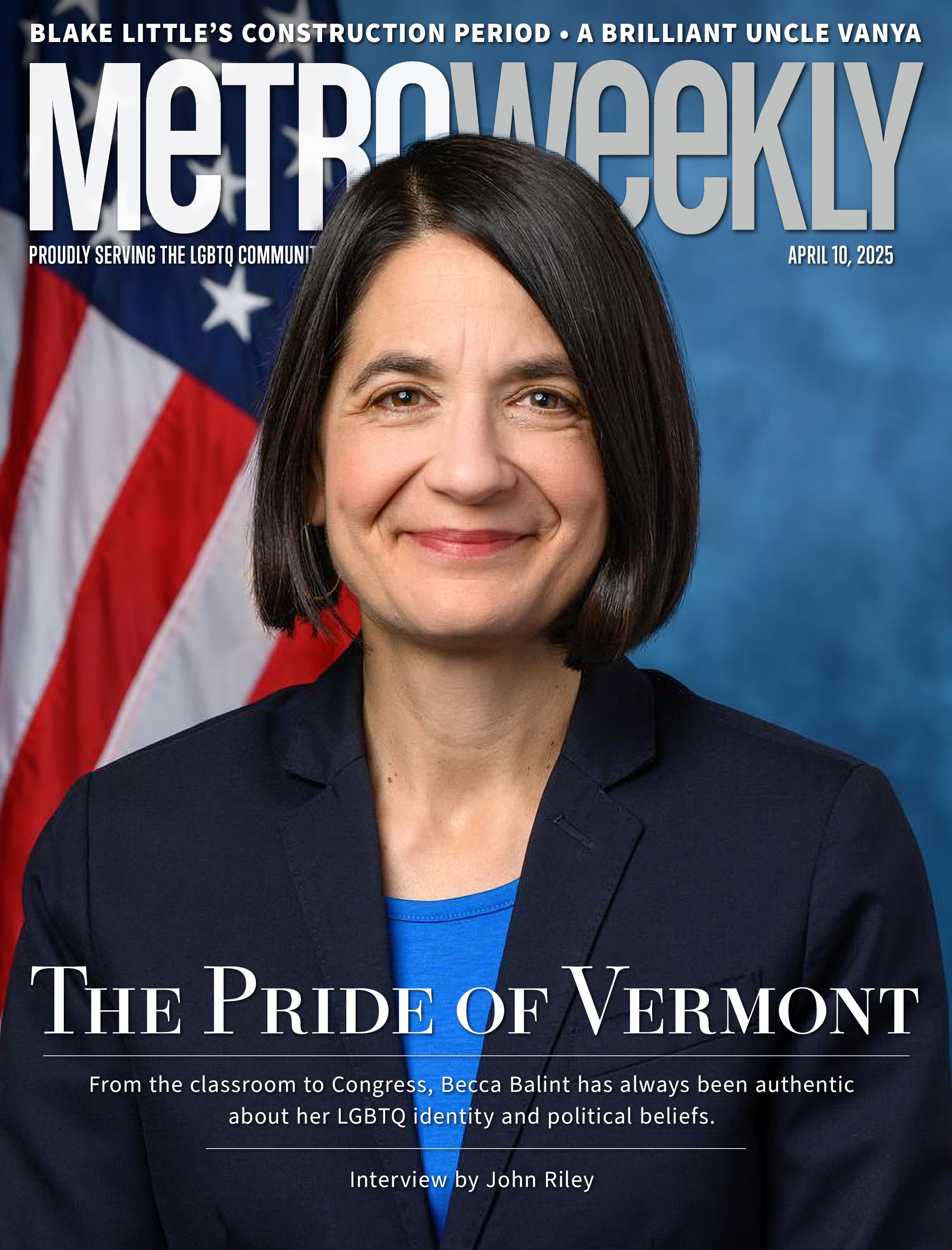How The Phillips Collection Came to Be
 “I’m embarrassed by some of the premature judgments of my youth,” Duncan Phillips wrote in 1927. That was roughly 14 years after the founder of the Phillips Collection dismissed “as a bunch of damned fools” such storied modern art masters as Matisse, Cezanne and Picasso, writing scathing critiques of their work.
“I’m embarrassed by some of the premature judgments of my youth,” Duncan Phillips wrote in 1927. That was roughly 14 years after the founder of the Phillips Collection dismissed “as a bunch of damned fools” such storied modern art masters as Matisse, Cezanne and Picasso, writing scathing critiques of their work.
Phillips’s critique and eventual change of heart is documented in a special exhibition currently at the Phillips, History in the Making: 100 Years after the Armory Show. A profile of this exhibit appears in this week’s issue of Metro Weekly, as part of the annual Museum Issue.
But what — or more precisely who — triggered Phillips’s change of heart? After all, his museum, now one of the country’s leading museums of modern art, features multiple works by these French masters — including Cezanne’s Mont Sainte-Victoire (pictured below), which Phillips acquired in 1925. And just how was it that Phillips became a collector of art anyway? Where did he get the money?
Turns out, the details of the Phillips story are fascinating.
Phillips was born into a steel magnate family — on his mother’s side — in Pittsburgh. Meanwhile his father, who moved the family to Washington, D.C. when Duncan was just a boy, made his fortune in the glass manufacturing business. According to Phillips Collection curator Elsa Smithgall, when they were in the their twenties Duncan and his brother James convinced their parents to give them each an annual stipend of $10,000 dedicated to the purchase of art. Within only a couple years of collecting in earnest though, both Duncan’s dad and his brother died. In response Duncan and his mother established what was originally named the Phillips Memorial Gallery in 1921.
Well before he had become a prominent collector with a museum to his name, Phillips had become known as a no-holds-barred art critic. At that point he befriended Arthur B. Davies, an artist and early and fierce advocate of modern art. As president of the Association of American Painters and Sculptors, Davies organized the 1913 International Exhibition of Modern Art, better known as the Armory Show — a show that Phillips the critic attacked with particular zeal. But even accounting for a simple, natural change in personal tastes as one ages, Smithgall says Davies deserves much of the credit for Phillips’s turn-around on modern art.
“[Davies] was very much embracing the latest ideas about modern art and educating Phillips in that way too. They became close,” Smithgall says. It wasn’t just Phillips: Among others Davies also helped guide the avant-garde art collections of Lizzie P. Bliss and Abby Aldrich Rockefeller (wife of John D. Rockefeller Jr.). Along with Mary Quinn Sullivan, these women, dubbed “The Ladies,” founded New York’s august Museum of Modern Art in 1929 — or nearly a decade after the Phillips.
Support Metro Weekly’s Journalism
These are challenging times for news organizations. And yet it’s crucial we stay active and provide vital resources and information to both our local readers and the world. So won’t you please take a moment and consider supporting Metro Weekly with a membership? For as little as $5 a month, you can help ensure Metro Weekly magazine and MetroWeekly.com remain free, viable resources as we provide the best, most diverse, culturally-resonant LGBTQ coverage in both the D.C. region and around the world. Memberships come with exclusive perks and discounts, your own personal digital delivery of each week’s magazine (and an archive), access to our Member's Lounge when it launches this fall, and exclusive members-only items like Metro Weekly Membership Mugs and Tote Bags! Check out all our membership levels here and please join us today!























